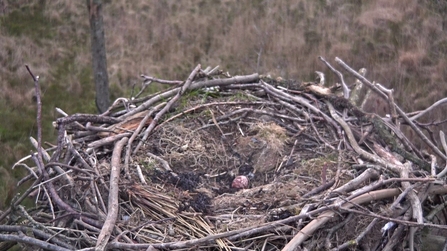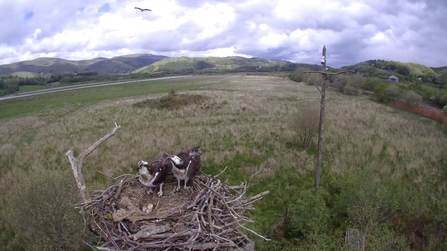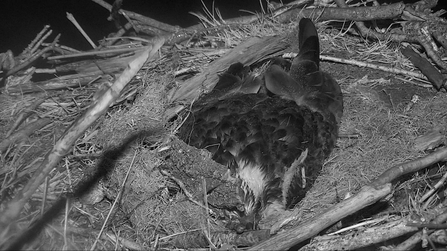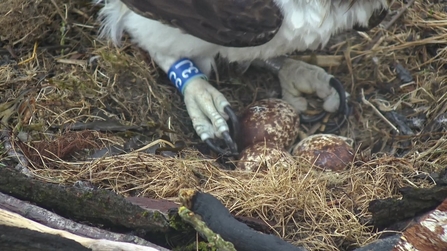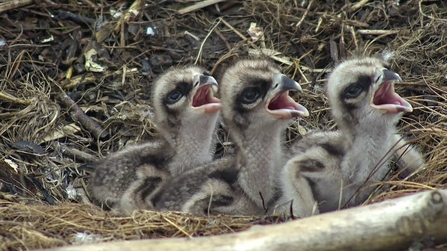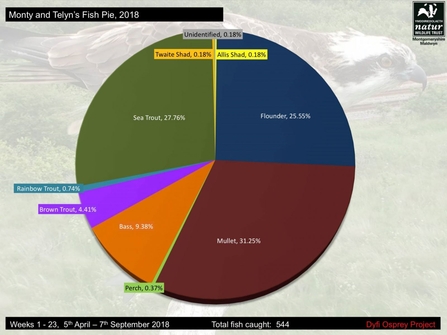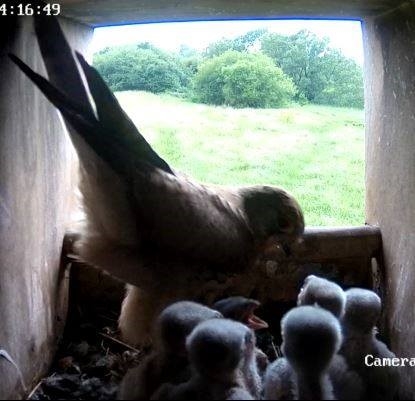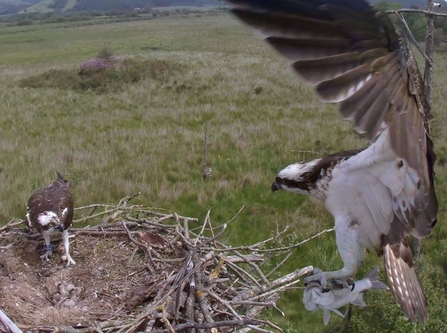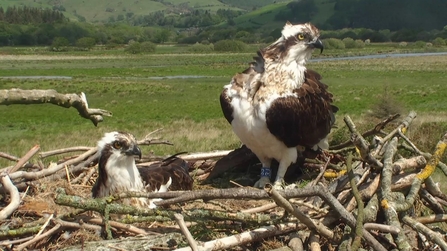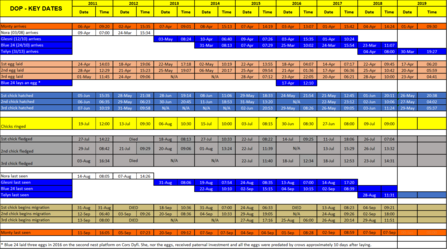Well there we have it, the most anticipated, worrying, exciting, anxiety-inducing annual event is over, and without a hitch.
As we all know we have three new additions to our osprey family and Telyn is proving to be a fantastic parent, and it’s only her second year! We have also learnt a lot over the last few weeks so here is a recap of the key events that defined the early 2019 at DOP.
We managed to get some confirmation of something we suspected Telyn might have been doing from last year. Like last year, just after laying her first egg she seemed a little unwilling to incubate for extended periods of time until the second egg was laid.
Why could this be?
Egg 1 was periodically left in the cold to halt development
